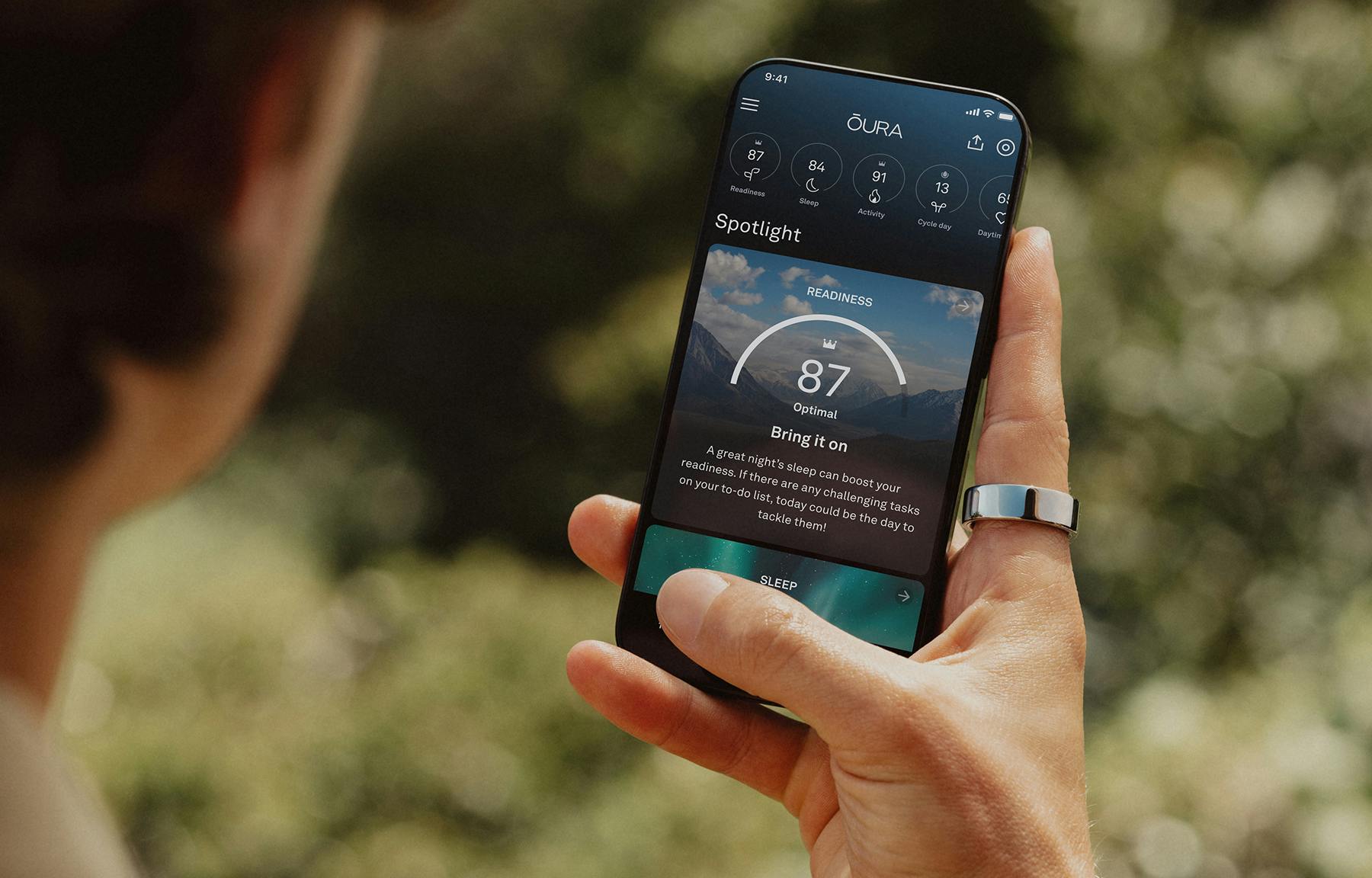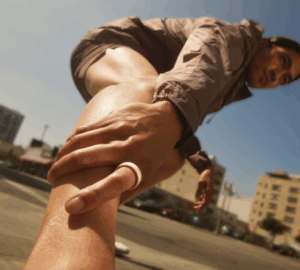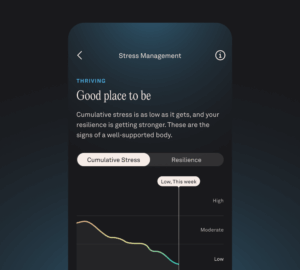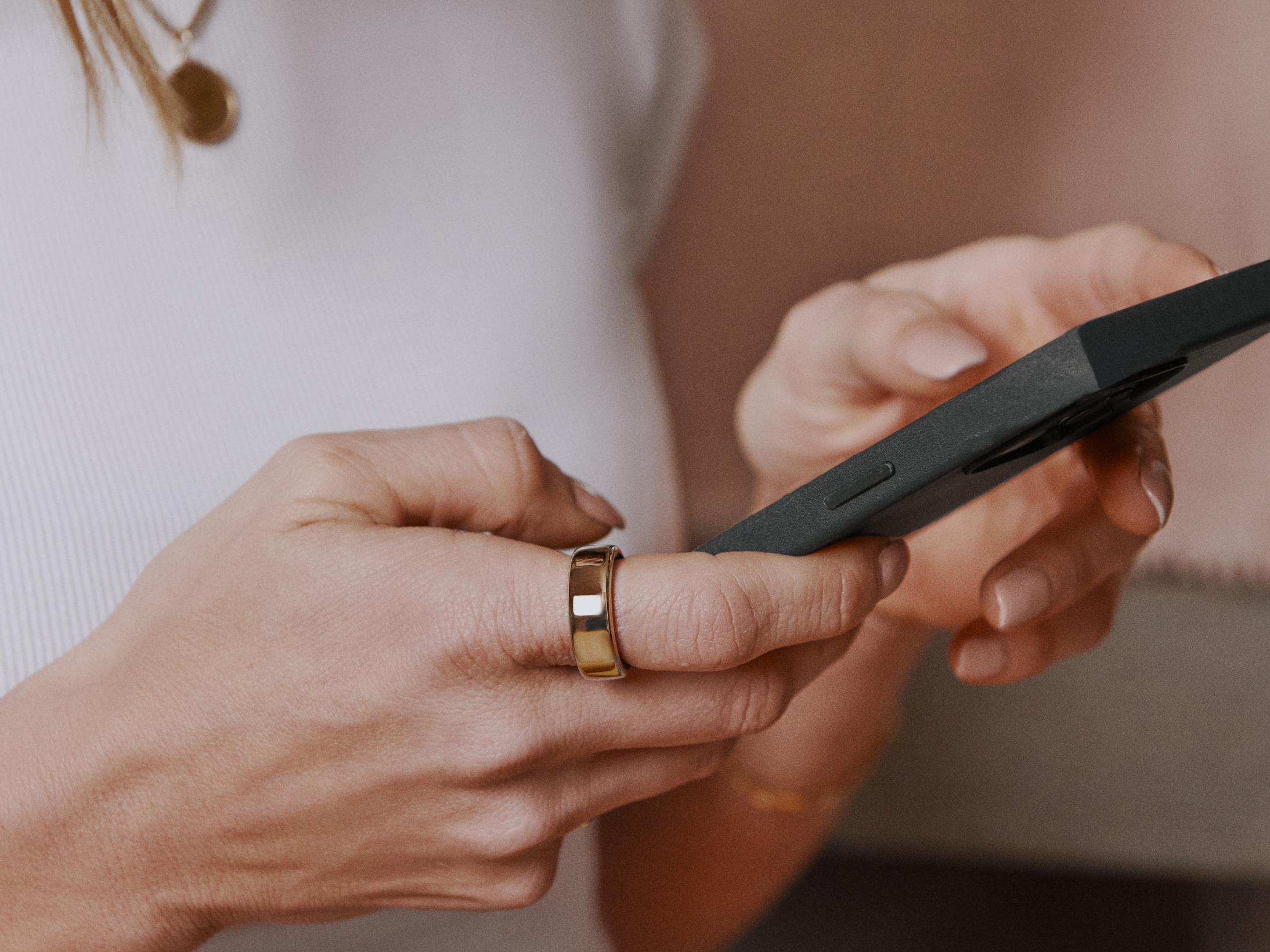Many people rely on Oura Ring to track their sleep, recovery, and overall wellness—but for some, Oura has been more than just a tool for optimization. These Members noticed something unusual in their data, such as a persistently high resting heart rate, abnormal temperature changes, unexplained stress levels, or strange sleep patterns.
When they dug deeper, what they found was life-changing. Oura helped these Members spot early warning signs of conditions like atrial fibrillation (AFib), stress cardiomyopathy, and even undiagnosed cancer—empowering them to seek medical care when it mattered most.
Heart Rate & Cardiovascular Health
For many Members, sudden changes in resting heart rate (RHR) served the first clue that something wasn’t right. While your data naturally fluctuates, sudden or extreme changes may indicate a deeper issue.
Kim R., 53, Massachusetts
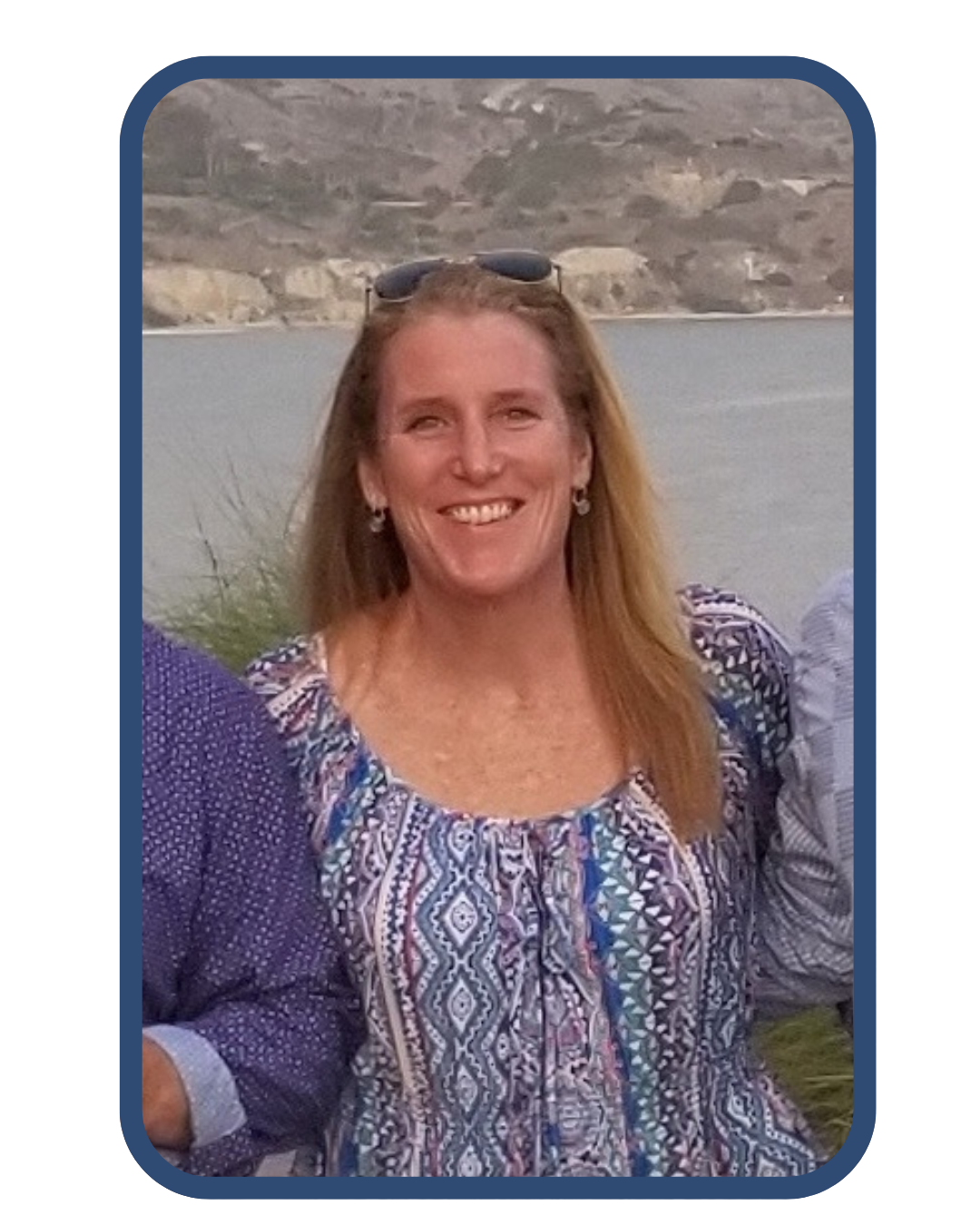 Kim, an active woman who walked six to eight miles daily, noticed that her RHR spiked from 55 bpm to 85 bpm. Her Daytime Stress also shot up from two to 10 hours a day.
Kim, an active woman who walked six to eight miles daily, noticed that her RHR spiked from 55 bpm to 85 bpm. Her Daytime Stress also shot up from two to 10 hours a day.
After experiencing shortness of breath and exhaustion, she went to the ER, where she was diagnosed with stress-induced cardiomyopathy—a condition that mimics a heart attack and requires urgent medical care.
“Had I not been tracking my health so closely, I would have ignored the signs. Oura helped me take my symptoms seriously and get the care I needed.”
READ MORE: 7 Must-Know Facts About Heart Disease in Women
Vernon B., 48, North Carolina
 Vernon saw his RHR increase by 20 bpm and his body temperature trends increased by 2°F, along with shortness of breath. Concerned, he went to the ER, where a doctor who was also an Oura Member took his data seriously. Tests revealed he had pericardial effusion with cardiac tamponade, a life-threatening heart condition requiring emergency surgery.
Vernon saw his RHR increase by 20 bpm and his body temperature trends increased by 2°F, along with shortness of breath. Concerned, he went to the ER, where a doctor who was also an Oura Member took his data seriously. Tests revealed he had pericardial effusion with cardiac tamponade, a life-threatening heart condition requiring emergency surgery.
“The nurse couldn’t believe that I went to the hospital because of my ring. But Oura saved my life.”
Tim S., 58, Orlando, Florida
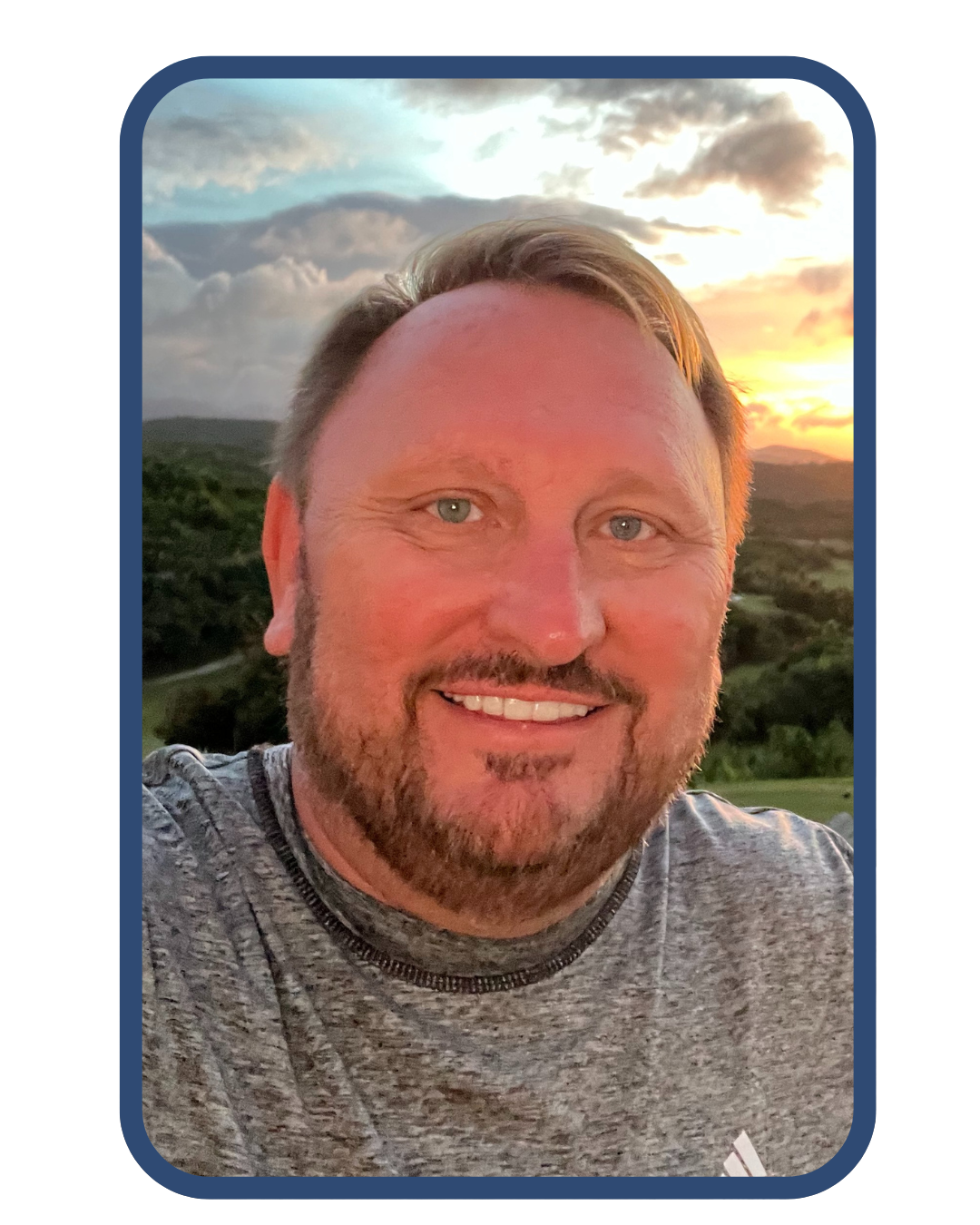
Tim’s resting heart rate, normally between 50–64 bpm, suddenly dropped to 39 bpm—despite him feeling completely fine. With no other symptoms, he still went to the ER. He was quickly rushed by ambulance for more tests and was later diagnosed with a rare electrical conduction issue in his heart. After three days in the hospital, he was told he would need a pacemaker to prevent a potentially fatal episode.
“My cardiologist told me, ‘If you hadn’t caught this, you might have gone to sleep and never woken up. Oura didn’t just track my health—it saved my life. That moment was surreal. I was overwhelmed with gratitude and disbelief.”
READ MORE: 8 Ways to Improve Your Cardiovascular Health
Temperature Trends & Symptom Radar:
Oura’s temperature trends tracking and Symptom Radar feature can provide early signals of strain on your body—even before symptoms of illness appear.
Marcia E., 67, New York
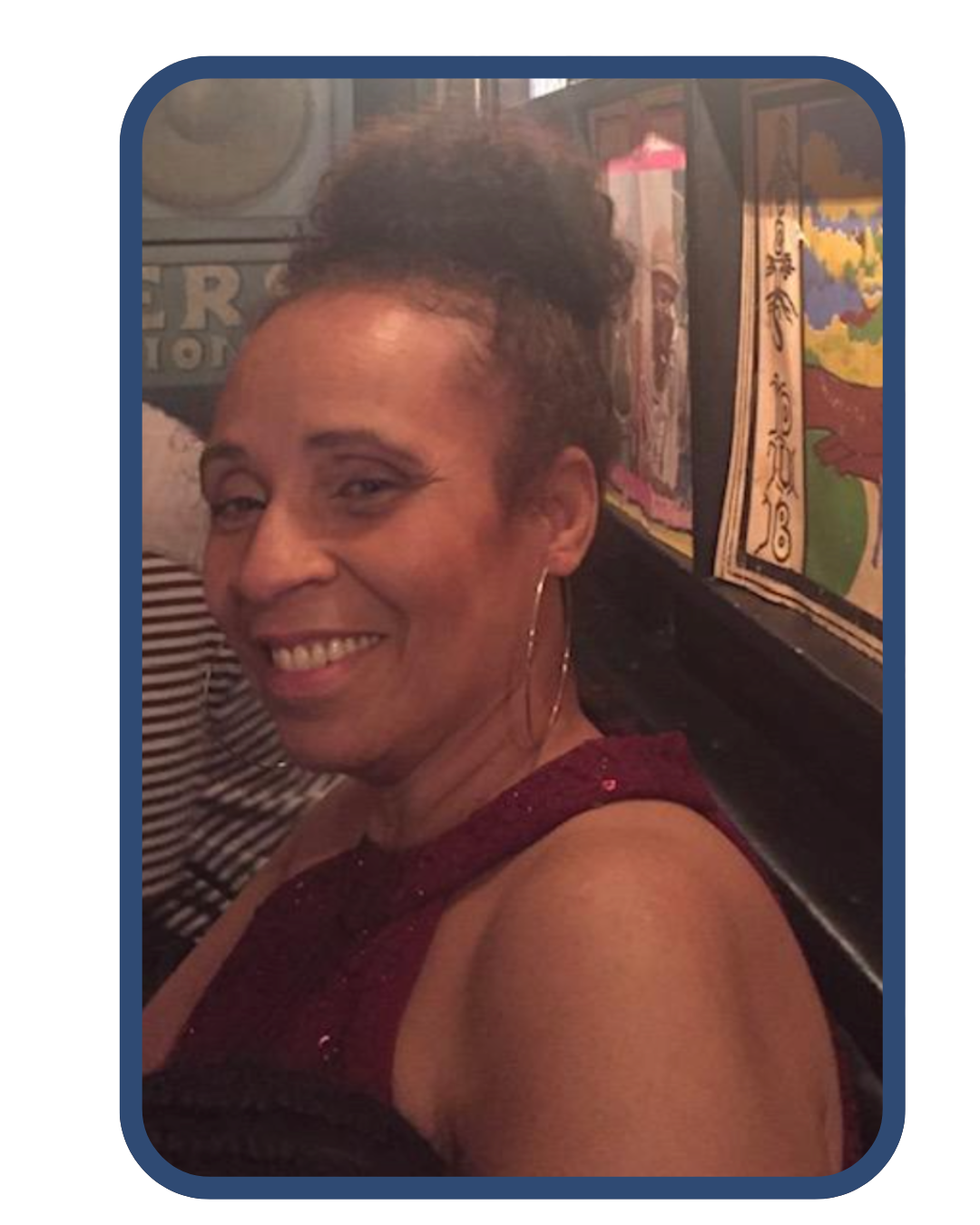
Marcia has been struggling with systemic lupus erythematosus (SLE) for over 30 years. Two years ago, Marcia started using Oura to help track her daily vitals and stay ahead of flare-ups. “Roughly one year ago, my mother woke up feeling good but not great. Her sleep had been a little off, but she thought maybe she had eaten something odd or gone to bed a little later than usual,” shares her daughter, Nina.
Symptom Radar began alerting her—several days in a row—that her body was under strain. Her Readiness and Stress metrics stayed off their usual range. Oura was picking up on something subtle but persistent.
Trusting her Oura data, she visited her rheumatologist. The doctor immediately recognized that something was seriously off and referred her to her endocrinologist right away. It turned out that her thyroid levels were completely out of control, which is especially dangerous for someone living with SLE. Her TSH (thyroid-stimulating hormone) and free T4 were significantly out of range. This imbalance can exacerbate fatigue, increase heart rate, and lead to inflammation and autoimmune activity.
“After catching the thyroid issue early, thanks to Oura, she has become much more intentional about checking her daily readings, usually first thing in the morning,” her daughter tells us. “It’s how she sets the tone of her day now. That quiet moment of review helps her understand what her body needs—whether it’s rest, hydration, movement, or simply taking things a bit slower.”
Bria M., 29, New York
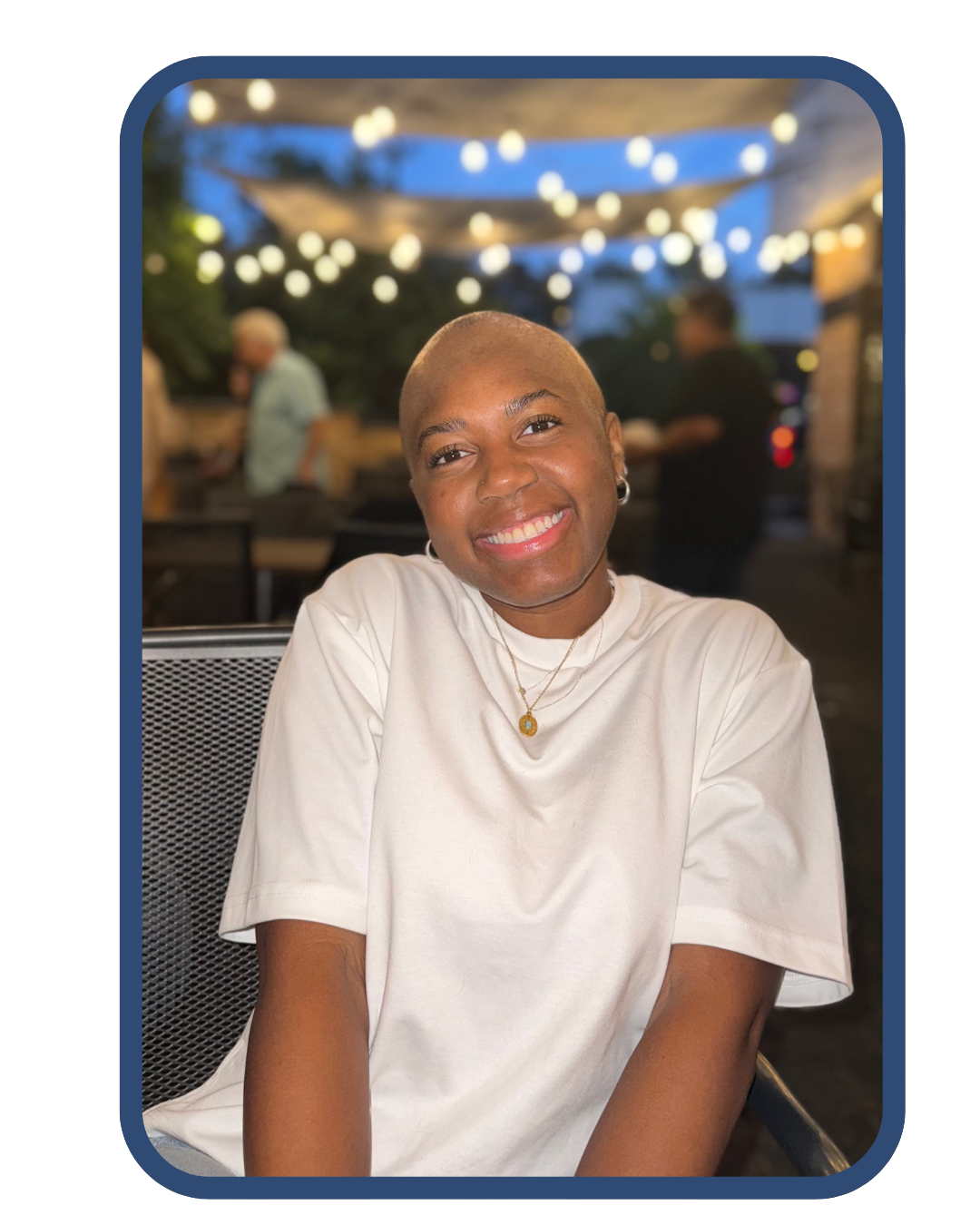 Bria, a dance coach who lives a very healthy lifestyle, purchased Oura in May 2024, when she had decided to do “75 Hard” and get off birth control. In August 2024, she started experiencing acid reflux, fatigue, and weight loss, but thought it was the result of the lifestyle changes. The following year, in May 2025, Bria was on her honeymoon in Japan when her Oura Ring began to alert major signs of strain on Symptom Radar. She had night sweats almost every night of the trip, but brushed it off, assuming it was the stress of travel. Her husband encouraged her to see a doctor when she went home, but she was told by the doctor to change her diet and take an antacid for the reflux.
Bria, a dance coach who lives a very healthy lifestyle, purchased Oura in May 2024, when she had decided to do “75 Hard” and get off birth control. In August 2024, she started experiencing acid reflux, fatigue, and weight loss, but thought it was the result of the lifestyle changes. The following year, in May 2025, Bria was on her honeymoon in Japan when her Oura Ring began to alert major signs of strain on Symptom Radar. She had night sweats almost every night of the trip, but brushed it off, assuming it was the stress of travel. Her husband encouraged her to see a doctor when she went home, but she was told by the doctor to change her diet and take an antacid for the reflux.
Knowing her body, Bria pushed for an X-ray. A 12cm mass was found on her lung, and she was diagnosed with lymphoma (Stage 3 Large B-Cell Mediastinal Non-Hodgkins).
“Cancer in my 20s was not on my bingo card, yet medicine is so progressive, I’m not worried; I get to do all my treatments at home and continue a semi-normal lifestyle. I’m starting my 4th cycle of chemo and have two more to go, which feels unreal to say given how far I’ve already come. My hair has fallen out, my taste buds have attacked me, my energy is low, I hate looking at my port, and the brain fog is so real. I have so many other interesting things about me, and cancer is not one of them. Safe to say my whole family will be getting Oura Rings for Christmas.”
Elizabeth, 22, Florida
“My Oura Ring was telling me my body was showing major signs of something [straining] my body for days… Days later, I got diagnosed with Leukemia.”
Anonymous
“I have had long-term depression since 1998. It’s controlled well by medication, and I’m lucky in that I’m able to live a fairly ‘normal’ life in that I have hobbies, a good family life, and hold down a fairly responsible job. However, I get flare-ups maybe four or five times a year, and these last 24-48 hours. I know I just need to lie in bed/on the sofa and it’ll pass. I had such an episode come on yesterday, and this was picked up by Symptom Radar. I’m very impressed. It seemed to be saying that there wasn’t any one thing standing out, but my biometrics were a bit off. This is remarkable.”
Anonymous
“I had surgery a week ago Tuesday. It was a cosmetic abdominal surgery after losing close to 200 lbs. When Oura started telling me two days after the surgery that I was showing major signs of strain, I chalked it up to having just had surgery. But as each day progressed, it kept warning me that something wasn’t right. When it started warning that my respiratory rate was off, I began paying more attention (but I was wearing a tight abdominal binder, so I already had labored breathing). I also had some soreness in my calves, which was listed as a potential side effect of the surgery.
Woke up Wednesday in the middle of the night with a very minor pinch in my shoulder, and my respiratory rate was elevated more on the app. So, finally, I said something wasn’t right, and I went to the ER. The ER doctor even said it sounds more like pneumonia since I had a low-grade fever start around the same time, and some coughing and phlegm. But to be safe, they wanted to rule out deep vein thrombosis (DVT). Turns out I had three DVTs, and a fourth that broke off and turned into a pulmonary embolism. And they found a chunk in one of the chambers of my heart.
First time in my life having a nurse escort me with a lifepac from the ER to the ICU before being wheeled off for an angioplasty and thrombectomy. Luckily, the ones in the legs were small, and when he got in there, the one in the lung had broken up into a bunch of small shards, and the heart was under no strain. Cleared to go home the next day and six months of blood thinners. They attributed it to the surgery since no history and the lack of ability to fully move around after the surgery.”
Stress & Recovery: When “Off Days” Signal Something More
Oura’s stress tracking and HRV monitoring helped these members realize that something deeper was wrong.
Claire P., 33, London, UK
Claire, a marathon runner, noticed that when her RHR gets lower than 40 bpm, she misses her period. Menstruation is considered a fifth vital sign, so the loss of it (amenorrhea) can suggest underlying health imbalances.
When she spots a downward trend on her RHR, she starts to focus more on recovery—easing up on training and ensuring she is fueling her body properly.
“Most people would see me from the outside and say ‘wow, you’re fit!’ but I understand my data now, and a very low RHR for me means missing periods, which means I’m actually not at optimal fitness!”
Georgie M., 31, Portugal
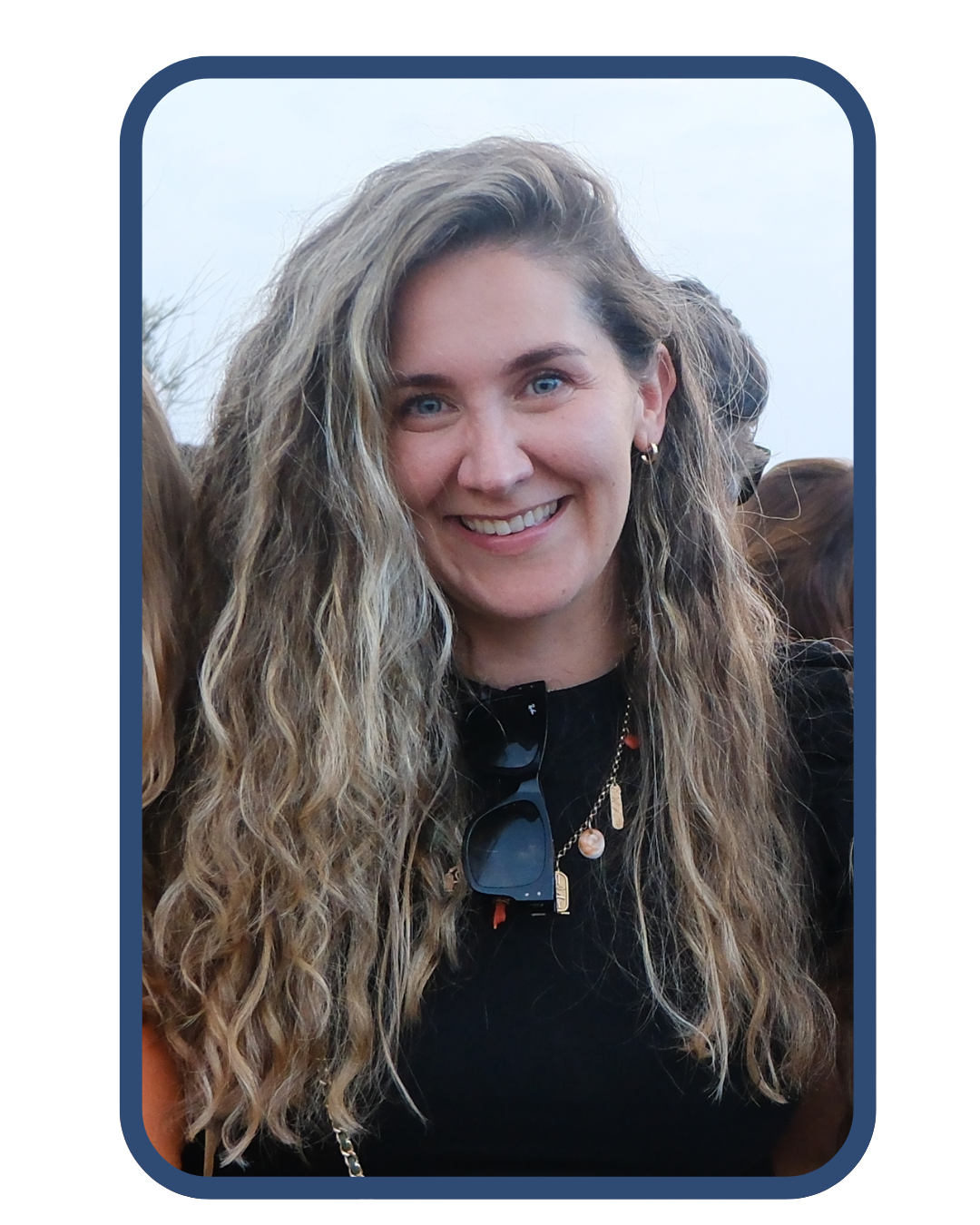
Georgie is a busy mom of two young children, working full-time at a startup, which means long hours and not much downtime. Leading up to the launch of her startup, she noticed that her Daytime Stress was showing anywhere between 7–9 hours a day of stress. This also correlated with poor sleep, sometimes just 4–5 hours a night, and worsening cognitive function.
She took action before it inevitably led to burnout. She committed herself to earlier bedtimes, stricter boundaries with work, and better self-care habits to protect her mental and physical wellbeing.
“I was putting the needs of my job and my children before myself, but it wasn’t sustainable. I was burning out, and it was affecting my ability to concentrate. My Oura data reminded me that I need to put my health first.”
Nicole D., 31, Venice, CA
As a healthy and active 31-year-old, Nicole was accustomed to a nonstop lifestyle of work, travel, and training for her first half-marathon. But after six months of a busy schedule, her anxiety was at an all-time high and she was physically and mentally burned out. This led to a series of illnesses and gastrointestinal (GI) issues, so bad that she could barely function.
 “I was having endless workups, panels, scans, you name it. I’d seen some of the best specialists in the country, and I was still misdiagnosed with everything from early-onset MS (multiple sclerosis) to multiple autoimmune diseases to propofol infusion syndrome,” she shares. “No one could explain what was happening.”
“I was having endless workups, panels, scans, you name it. I’d seen some of the best specialists in the country, and I was still misdiagnosed with everything from early-onset MS (multiple sclerosis) to multiple autoimmune diseases to propofol infusion syndrome,” she shares. “No one could explain what was happening.”
After months of misdiagnoses, Nicole brought her exported Oura reports to a rheumatologist. “I had this aha moment where I realized I was sitting on a ton of personal data about my body,” she explains. Nicole had tracked the change in her biometrics back to a routine endoscopy related to her GI issues. Since that procedure, her Oura data showed a steady decline in HRV, poor sleep, elevated resting heart rate, high daily stress, and low Readiness and recovery data.
The final diagnosis was a mast cell reaction, triggered by the anesthesia used during the endoscopy. She has now been rebuilding her health, and today, her data serves as a guide for her lifestyle choices, from food logging to sleep.
“Track everything. Use the data at your fingertips—log how you feel, compare it, act on it. Even on the days you’re exhausted, make the call, send the email, push for the appointment. Don’t just get a second opinion—get a third, fourth, fifth. Be your own advocate, because no one will fight harder for you than you.”
Jillian C., 37, Canada

Jillian got Oura Ring when she was very sick, but not yet diagnosed with cancer. She noticed that her HRV that never rose above 20 m/s, despite trying everything to improve it. She was diagnosed with stage 3c cervical cancer and has been in treatment. Interestingly, she has noticed that her HRV has drastically improved, now getting up to 60. She now uses Oura to monitor her stress and temperature trend data, which helps her gauge when she is having radiation fibrosis flare-ups.
When she sees her stress and temperature spike, or a dip in her HRV, she knows that her body is trying to tell her something. During these times, she focuses on recovery and may check in with her doctor.
“I’m actually so grateful for Oura, you have helped me navigate and work through recovery more than anything else over the past couple of years. My #1 tip for other Oura members: HRV status is a big deal and an important metric to monitor for health.”
RELATED: Rebuilding After Cancer: How Oura Helped Jackson During His Recovery





